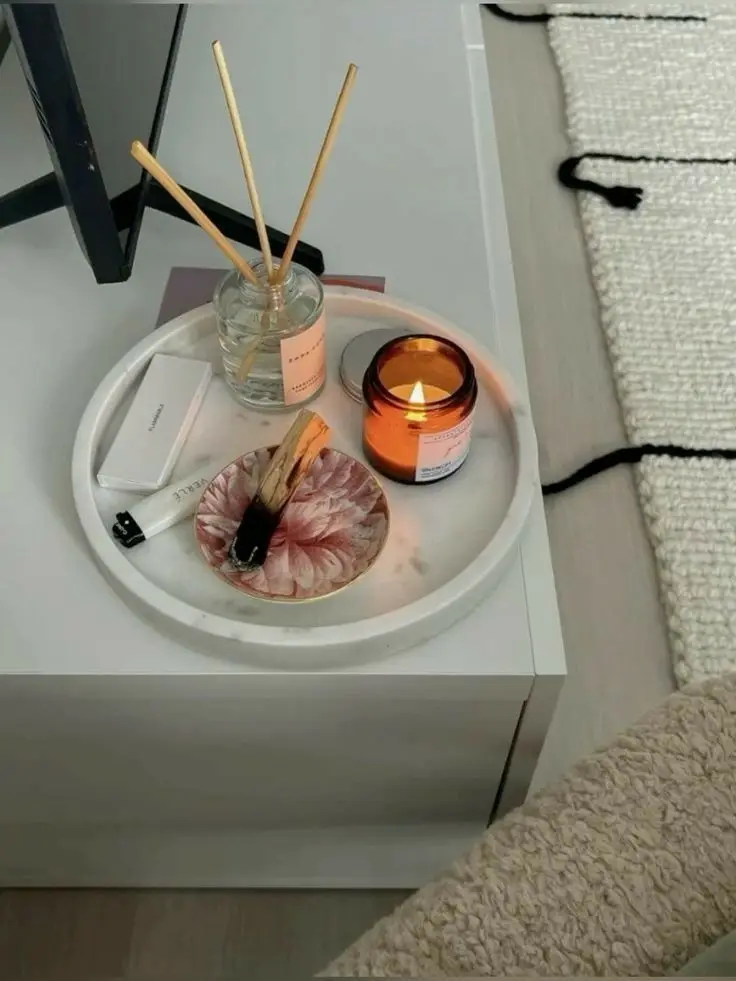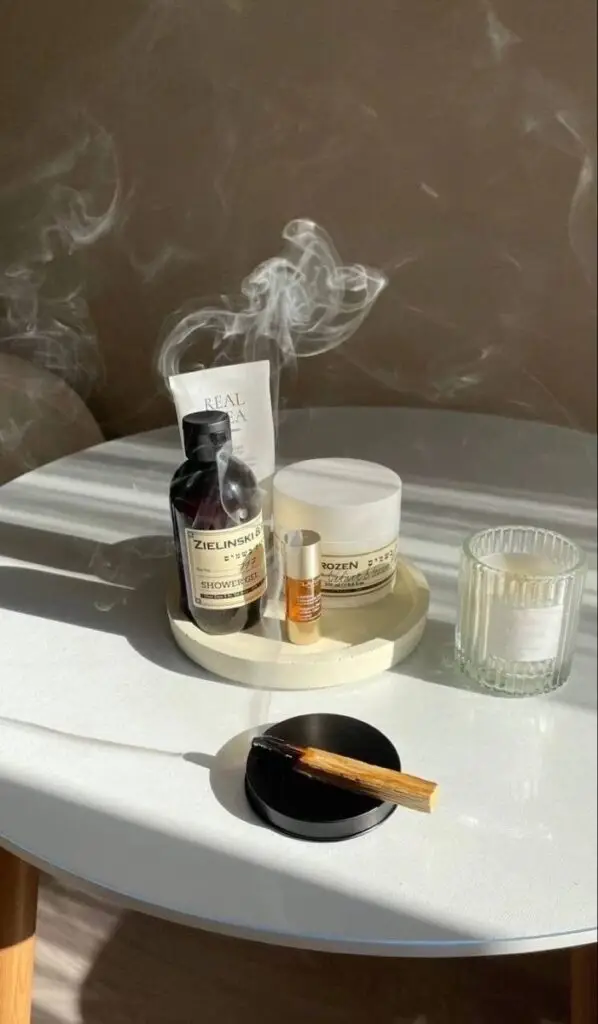Creating a personal meditation room can be a transformative step toward a more peaceful and mindful life. It allows for a dedicated space where one can escape the chaos of everyday life and focus on relaxation and self-reflection. With just a few thoughtful elements, anyone can design a calming environment that supports their meditation practice.
Finding an ideal corner in a home is the first step. This space should feel safe and serene, encouraging a sense of tranquility from the moment one steps inside. By incorporating comfortable seating, soothing colors, and a few personal touches, he or she can craft a unique area that resonates with their individual needs.
Adding elements like soft cushions, calming scents, or gentle music can enhance the experience. A meditation room doesn’t have to be elaborate; it simply needs to foster relaxation and mindfulness. Whether it’s with plush pillows or a simple rug, each choice contributes to creating a retreat that supports their meditation journey.
Choosing the Right Space
Selecting the appropriate space for a personal meditation room is crucial for creating an effective and calming environment. The room’s size and location, along with ensuring privacy and quiet, play significant roles in enhancing the meditation experience.
Considering Room Size and Location


The size of the room should accommodate the type of meditation practice. A small nook or corner can be suitable for compact seating and a few calming objects. In contrast, a larger room allows for more movement and additional elements like plants or soft furnishings.
Location is also important. It should ideally be away from household hustle, such as kitchens and living areas. A corner with natural light or a view of greenery can enhance relaxation and focus. Choosing a space with versatile lighting options, like soft lamps or candles, can help set the right mood for meditation.
Ensuring Privacy and Quiet
A meditation room needs to be a sanctuary free from interruptions. Privacy is key for personal reflection and deepening one’s practice. It is best to select a space that can be closed off or that naturally minimizes noise, such as a spare room or a corner away from common areas.
Consider using soundproofing elements like rugs or heavy curtains to absorb noise. If the environment is generally busy, she might also integrate calming sounds through soft music or nature sounds to enhance the atmosphere. Creating barriers that block external distractions will foster a more immersive experience.
Setting the Atmosphere
Creating the right atmosphere is essential for a personal meditation room. By selecting calming colors, incorporating natural elements, and optimizing lighting, one can build a serene environment conducive to relaxation and mindfulness.
Selecting Calming Colors


Color significantly impacts mood and meditation effectiveness. Soft, muted tones like pastels and earth shades promote tranquility. Shades such as light blue, sage green, and soft lavender are popular choices.
When selecting paint or decor, consider using these colors on walls or accessories. Use a color palette that speaks to her personal sense of peace. Avoid bright or overly stimulating colors like neon shades, which may disrupt meditative focus.
Incorporate accessories in these soothing colors, such as cushions, artwork, or rugs. These elements can harmonize the space, helping to create a calm atmosphere.
Incorporating Natural Elements
Integrating natural elements into the meditation space enhances its soothing qualities. Introducing plants not only purifies the air but also creates a sense of connection to nature. Consider low-maintenance options like succulents or peace lilies.
Additionally, incorporating natural materials such as wood or stone can provide grounding sensations. He or she might choose wooden furniture, clay pots for plants, or natural fiber textiles.
Water features, like a small fountain, add soothing sounds to enhance relaxation. By bringing in these elements, the space becomes a sanctuary that feels alive and nurturing.
Lighting for Relaxation


Proper lighting sets the mood in any meditation room. Soft, diffused lighting is ideal for creating a calming atmosphere. Consider using lamps with warm bulbs or candles to provide a gentle glow.
Avoid harsh overhead lights, as they can create a sterile environment. Dimmer switches on light fixtures also allow for adjustable brightness, which can be tailored to personal preference.
Using string lights or salt lamps can add a serene ambiance, making the space feel cozy and inviting. Lastly, consider eliminating glare from outside sources by using curtains or shades to control natural light.
Furnishing Your Meditation Room
Creating a personal meditation room involves strategic choices that foster a calming environment. The right seating and decorative elements play critical roles in enhancing comfort and inspiration.
Choosing Comfortable Seating


Comfortable seating is essential for an effective meditation space. Options include meditation cushions, yoga mats, or ergonomic chairs. Each choice plays a part in promoting relaxation and focus.
- Meditation Cushions: These can elevate the experience, providing support during longer sessions. Look for those that are firm yet forgiving.
- Yoga Mats: Ideal for those who prefer sitting or lying down. They offer cushioning for the floor while being easy to clean.
- Ergonomic Chairs: For individuals who prefer back support, a well-designed chair can keep them comfortable without detracting from the space’s ambiance.
In selecting seating, consider the material and color. Natural fabrics and soft colors can enhance a serene atmosphere.
Decorative Elements that Inspire


Decorative elements should invoke tranquility and inspiration. These pieces contribute to the room’s overall vibe and can include artwork, plants, and lighting.
- Artwork: Choose images that resonate personally, whether they are abstract patterns or serene nature scenes.
- Plants: Live plants can purify the air and add a touch of nature. Easy-to-care-for options include snake plants and peace lilies.
- Lighting: Soft, warm lighting can create a soothing ambiance. Consider adjustable lamps or candles for a calming glow.
When selecting these elements, ensure they align with the theme of peace and mindfulness. Each item in the room should enhance the overall experience of meditation.
Enhancing the Experience
To create a personal meditation room that fosters deeper relaxation and focus, consider incorporating elements like aromatherapy and carefully curated soundscapes. These enhancements can elevate the meditative practice, making it more enjoyable and effective.
Using Aromatherapy


Aromatherapy plays a significant role in enhancing the meditation experience. Essential oils can uplift the mood and promote relaxation. Popular options include:
- Lavender: Known for its calming effects, it can help reduce anxiety.
- Sandalwood: Often used to deepen meditation, it fosters a sense of tranquility.
- Citrus Scents: Such as orange or lemon, can invigorate and brighten the space.
To utilize aromatherapy effectively, a diffuser can be an excellent addition. It disperses the essential oils evenly throughout the room. Alternatively, placing a few drops of oil on a cotton ball and keeping it nearby can also work. Regularly changing scents may help maintain a fresh atmosphere, allowing for varied experiences during meditation sessions.
Soundscapes and Acoustics


Soundscapes can significantly influence the quality of meditation. The right auditory environment can invite calmness or focus.
Consider these options:
- Nature Sounds: Water flowing, birds chirping, or rustling leaves create a soothing backdrop.
- Binaural Beats: These audio tracks enhance brainwave frequencies and can facilitate deeper meditation states.
- Guided Meditations: Using recordings can provide direction and structure in practice.
Using speakers or a quality sound system can ensure clear, immersive audio. It’s essential to keep the volume moderate, allowing sounds to blend harmoniously with the meditative state. Creating a playlist tailored to individual preferences can also foster a more personal connection to the space.
- 10shares
- Facebook0
- Pinterest10
- Twitter0


